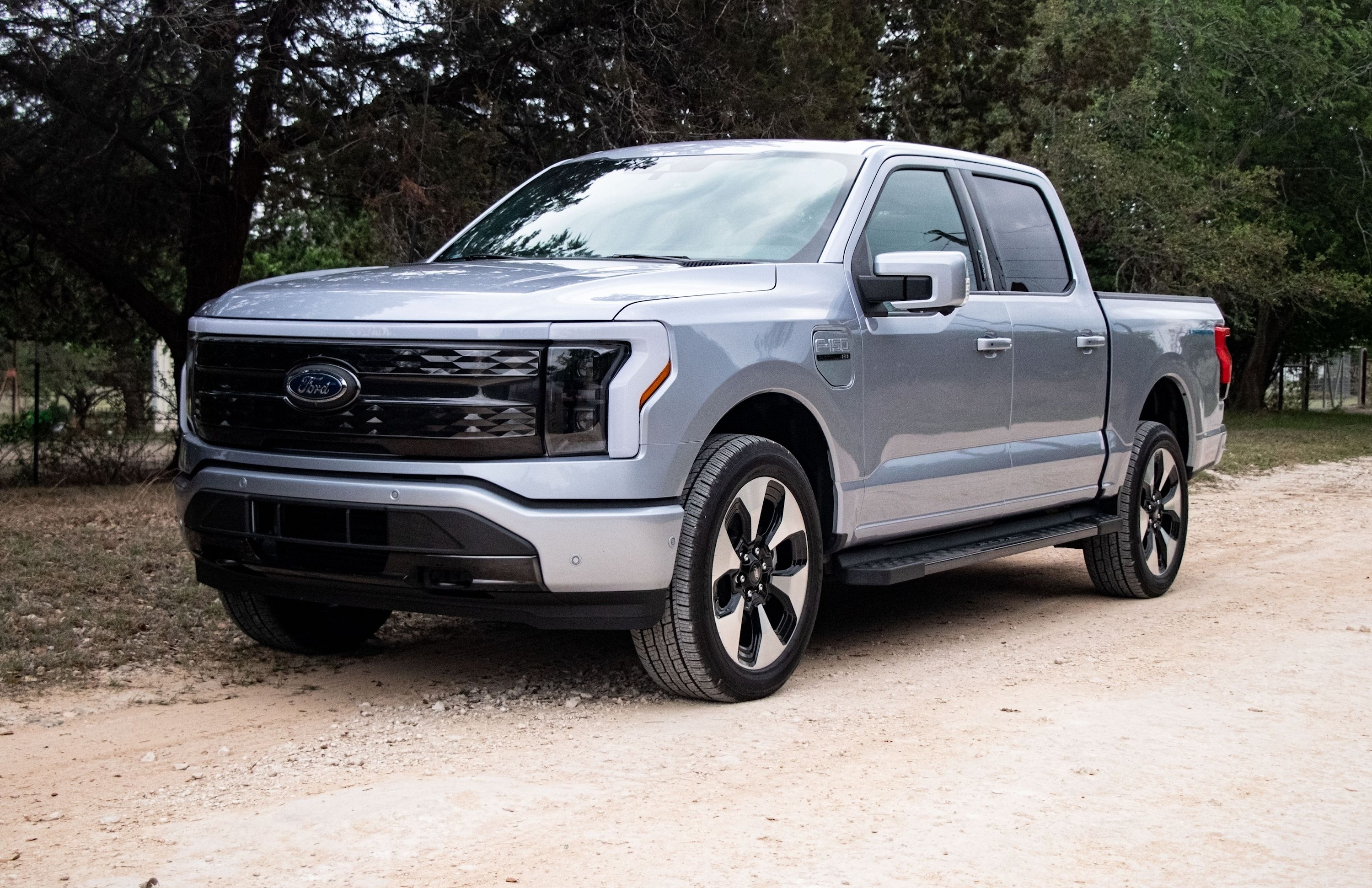
Ford announced earlier this week that upcoming and current models like the Mach-E and Ford F150 Lightning will get new lithium-iron-phosphate (LFP) batteries. They will be produced at a new $3.5 billion plant in Marshall, Michigan called BlueOval Battery Park Michigan. The factory will be part of a wholly owned Ford subsidiary and will employ 2,500 people starting in 2026 with the option to grow capacity.
This commitment to LFP batteries is going to allow Ford to sell consumers cheaper models. They will replace the nickel-cobalt-manganese (NCM) batteries in many lower-range and less powerful models allowing Ford to pass price cuts onto consumers. It will also allow Ford to make sure its vehicles are more in compliance with the recent Federal Tax Credits.
The Mach-E has been having a rather difficult few months as it lost its Consumer Reports "recommended" rating after falling short in the reliability department. These issues were everything from technological hiccups to charging issues and even battery cell failure.
We've known that Ford has been having reliability issues for a while now, and we also know that the production issues causing them are going to take a few years to fix. A transition to these new types of batteries will be one of the solutions.
So how do these new batteries stack up to the NCM ones? Well, LFP batteries in the past haven't been light or energy efficient enough to be used in passenger cars. Over time, many companies have been able to make innovations that have pushed the technology further. Now, the batteries offer some solid perks over the NCM ones.
First, the batteries will utilize less precious metals found here in the US instead of the more precious ones that are mainly sourced in Russia and the Congo. This means they'll be cheaper and better protected against supply chain issues like a global pandemic or an invasion, while also ensuring the materials are ethically sourced.
The batteries will also have a longer lifespan than their NCM counterparts and are less susceptible to degradation from high-rate charging and normal battery usage over time. This is important since many EV batteries are only expected to last half the life of the car which means a hugely expensive bill when it's time to replace them.
The tech's downsides are that it isn't as energy dense as the NCM batteries, which means high-range and performance models will most likely keep the NCM batteries for the time being. On top of this, the batteries also don't do as well in the cold, with slower charging times and performance degradation. This isn't great news, as the Mach-E already has rough cold weather performance, so it's especially important to keep in mind if you live in a colder climate.
All of this adds to savings that can be passed on to the consumer. The goal is to get these batteries into the Mach-E this year and the F-150 Lightning by 2024 which will help to reduce wait times for customers. This is going to be an incredible sight even as Mach-E prices have already been cut recently and hopefully means more cuts are on the way by year's end.
